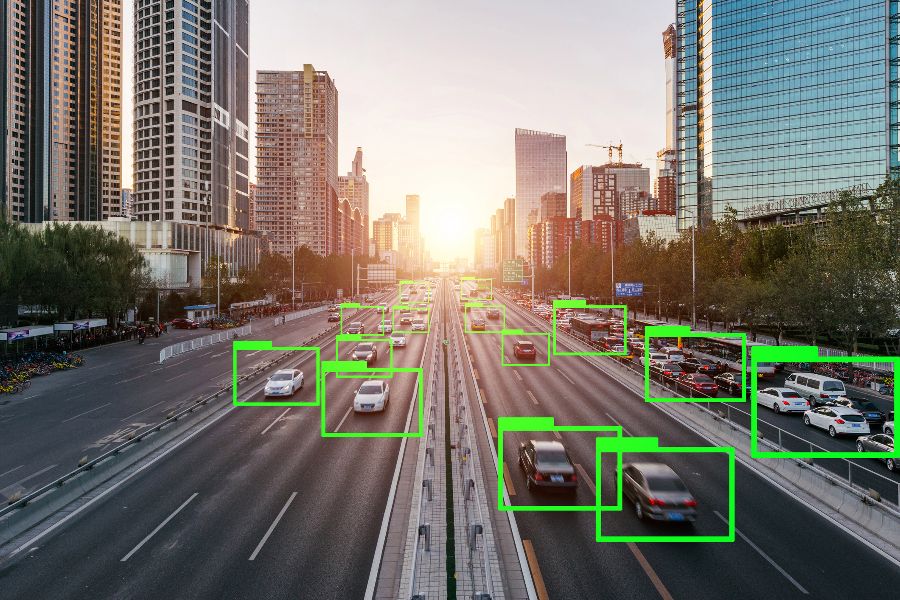In this workshop, you’ll learn the basics of data labelling, and how to apply it to real-world problems. You’ll also learn how to think like a data scientist, so that you can apply data labelling to your own work. We’ve built complex models and pushed them to predict our future.

But now, the future is happening without us. Artificial intelligence has finally managed to wrest control of our data, and it’s using that power to change everything. But more than that, it’s using that power to change itself and now we need to learn how to listen to what it has to say. Data labelling is one of the ways we can begin to do this. It involves assigning a data point a label, which describes what that data point represents, such as “sample size” or “gender”. Labels are a way of understanding data without having to understand the data itself.
What is meant by data labelling?
Data labelling is the process of describing the properties of a dataset so that others can understand and work with it. It’s the process of describing what data is, rather than how it’s being used. It’s the process of taking data out of the context of how it was originally collected and redescribing it in such a way that it’s useful to you, even if you can’t use it right now.
Data labelling sounds fancy – like some kind of data science art. But really, it’s just a way of categorising data. You might have heard the terms “category” and “dimension” bandied around. They’re both ways of classifying data. Data labelling is the process of annotating datasets with meaningful labels.
Get TikTok SEO Cheat here
Data scientists use labels to discover patterns and extract meaning from data. Business analysts use labels to describe data in reports so that other people can understand it. And data engineers use labels to define columns and tables in database schemas so that they can insert, update and delete data as necessary and the process of attaching a label to something so that it can be identified.
For example, if you were shopping for running shoes, you’d label the data as “shoe data”. Then you could search for “shoes data” and get a list of all the shoe data in your data collection. You can use the same label multiple times to indicate different types of data.

What is Data Labelling Machine?
Machine learning is a great example of data labelling. When you feed a machine learning algorithm labelled data, it’s able to learn and improve over time. But if you try to give the machine an unlabelled dataset to learn from, it won’t be able to learn as effectively. Instead, it’ll just keep making the same mistakes over and over again. It’s about being able to see the forest for the trees.
Machine learning has made data labelling easier, but it’s still a lot of work. We’ve made it easier with technology like AI, but we’re still far from where we need to be to understand our data and find the insights we’re looking for. That’s why data labelling is more important than ever.
Read also:
- Best Public Relations Agencies in Nigeria
- How to enable or disable web browser’s pop-up blocker
- Best Digital Marketing Agency in Nigeria
- How to convert pdf to word
- How to Add or Remove Debit/Credit Card on Facebook Ads
- Joomla vs WordPress vs Drupal – Which One is Better? (Pros and Cons)
- Content Marketing and its importance to business
Why is Data labelling important?
That’s why it’s crucial to label your data before you try to use it in machine learning So that one can understand it and take action on it. So important to label your data before you feed it into the machine learning algorithms you want to use. You do that by applying data labelling to your data before you start trying to make it do something. That’s where data labelling comes in. It gives machine learning the information it needs to learn from.
How can Data Labelling be applied?
- As a data scientist, you can apply your newfound skills to other fields, such as business or marketing. And finally, you’ll learn how to build a data labelling workflow, so that you can apply data labelling in your day-to-day work.
- As a data labeler, you must know how to turn your findings into actionable insights.
- As a data scientist, you must be able to communicate your findings to non-technical audiences.
- As a data scientist, you must be able to approach data labelling from a new perspective.
Conclusion:
Data labelling is a crucial skill for data analysts because it enables you to make sense of your data and extract actionable insights. In this conclusion, I’ll give you some context about the field of data labelling, and I’ll answer some of the most common questions I get from data analysts who are new to the field. I’ll also share some of the challenges data analysts face, and I’ll share some advice I’d give to someone who is just starting out in data labelling.
